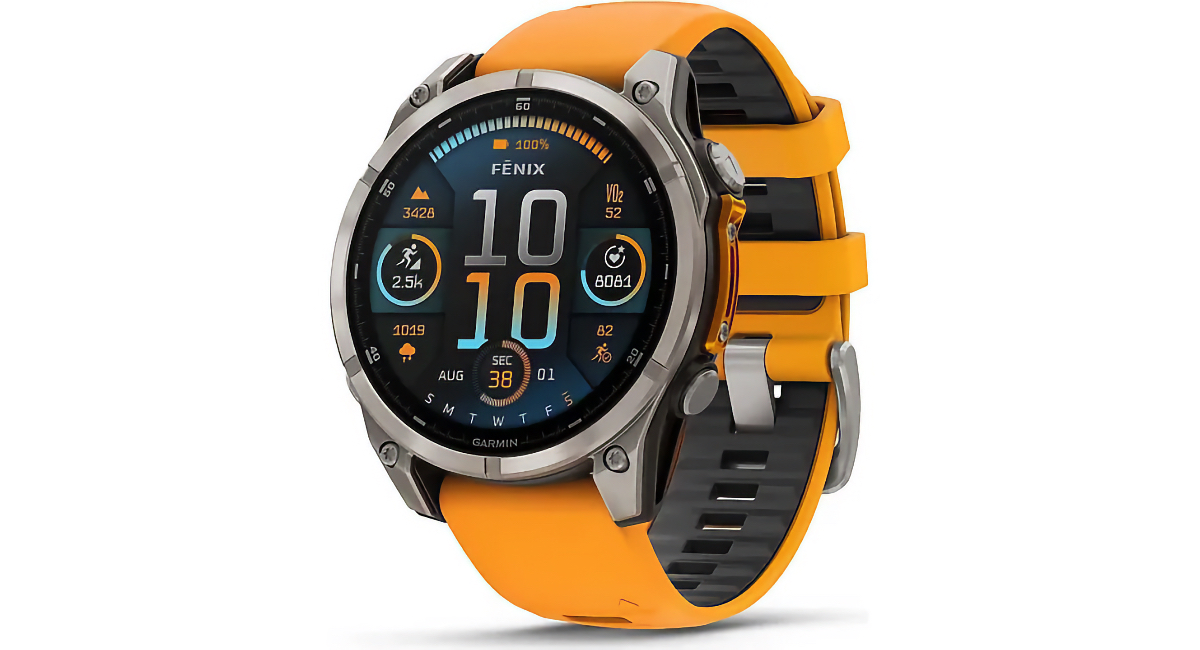The first wristwatch was reportedly made for the Queen of Naples in 1810 by a man named Abraham-Louis Breguet. At the time, Breguet’s timepiece was an astounding feat of engineering, taking the precise mechanical movements of a pocket watch and shrinking the technology down to something small enough to circle a wrist. Impressive as that was, the Prussian-born inventor might not even recognize the watches of today, technological wonders in their own right.
This is especially true for modern watches built for outdoor exploration. These chronographs are incredibly durable and packed with high-tech features. Those include GPS navigation, built-in altimeters, weather alerts, fitness tracking, heart-rate monitoring… it goes on. Alternatively, some models eschew complicated functionality in favor of a simpler approach.
Picking the right watch for your adventures usually comes down to personal needs and preferences. Trail runners, mountain bikers and kayakers may appreciate all of the bells and whistles that come with a fitness-focused model; hikers, climbers and wildlife photographers might prefer something simple and reliable. Everyone has plenty to choose from.
Here are a few of our favorite adventure watches, across price points and complexity levels.

Photo Credit: Garmin
Garmin fēnix 8
If you’re looking for an outdoor adventure watch that offers everything but the kitchen sink, the Garmin fēnix 8 is the one for you. This model wraps together GPS tracking, detailed multicontinent topographic maps, support for dozens of outdoor activities, weather alerts, smartphone notifications and a lot more. The rechargeable battery can run for up to 29 days between charges, and its bright, colorful screen is easy to read in any lighting conditions. You can download music, podcasts and audiobooks (i.e., ditch the phone for long hikes, runs and rides). It doesn’t come cheap, though. Pricing starts at $1,199. garmin.com
Photo Credit: Suunto
Suunto Vertical Solar
The Suunto Vertical offers many of the same features found on the Garmin fēnix, including GPS connectivity, on-device maps, activity tracking, weather updates and so on. But this model comes with a built-in solar panel under its screen that allows it to run for up to 60 days between charges. MSRP: $599. us.suunto.com
Photo Credit: Citizen
Citizen Promaster Dive
This mechanical watch features a timeless, elegant design that is equally at home at a dinner party as on a deep-sea fishing boat. Features
include a 1/5-second chronograph that measures up to 60 minutes, a unidirectional turning bezel, 12/24-hour time and date functionality. It is water resistant down to 200 meters and is charged via the sun, meaning there is never any need to replace the battery. MSRP: $575. citizenwatch.com
Photo Credit: Casio
Casio G-Shock GA2100-1A
Rugged and reliable, the Casio G-Shock line of watches has been a popular go-to for adventurers for decades. The GA2100-1A model is a digital/analog hybrid, featuring a traditional watch face and day/date indicator. Other features include world time in 31 time zones, a countdown timer, a stopwatch, five daily alarms and 200-meter water resistance. MSRP: $99. casio.com
This article originally appeared in Wildsam magazine. For more Wildsam content, sign up for our newsletter.
The post The Gear: Adventure Watches — It’s About Time appeared first on RV.com.